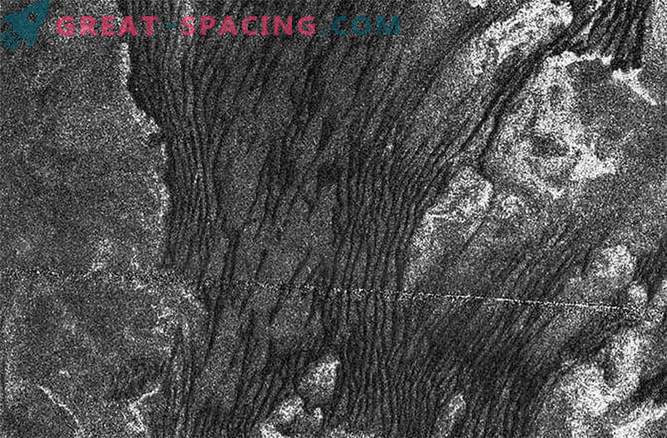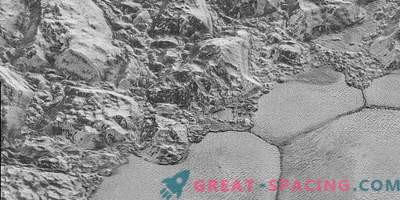
According to a new analysis of images taken by the Cassini spacecraft, the formation of dunes on Saturn’s largest satellite, Titan, takes place over 88,000 Earth years or 3,000 years of Saturn.
The study, which appears this week in the journal Nature Geoscience, indicates that the long-term climate cycles associated with changes in Saturn’s orbit are a key mechanism for the formation of Titan's dunes.
Titan is the fourth known place in the solar system that has windy dunes on its surface. The remaining objects: Earth, Venus and Mars.
Titan's “sand” is believed to consist of fine particles of solid hydrocarbons or wrapped with hydrocarbons, which have about one-third the density of sand on Earth.
Similar studies published in the journal Nature this week show that modern computer models greatly underestimate the wind speed required to cross the sand and form dunes on Titan. Scientists use the University of Arizona wind tunnel to understand the formation of dunes on Titan. "Dunes begin to form when the wind picks up small particles from the ground and causes them to fly downwind. A key part of understanding the formation of dunes is determining the threshold wind speed, it is necessary to make dune particles move," the State University researchers wrote in a press release. Arizona.
Experiments show that the wind must blow at a speed of at least 3.2 miles per hour to lift the sand of Titan into the air. On Earth, this wind would be very light, but Titan’s gravity is only one seventh of Earth’s gravity, so sand particles have a weight equal to 4% of the weight of earth’s sand.
"Such a dense atmosphere simply blows away such light particles," says co-author Nathan Bridges, from Johns Hopkins University Applied Physics Laboratory.











































